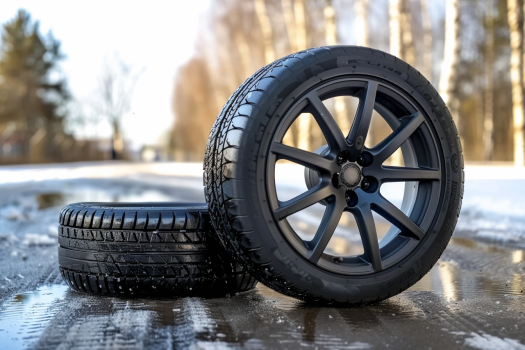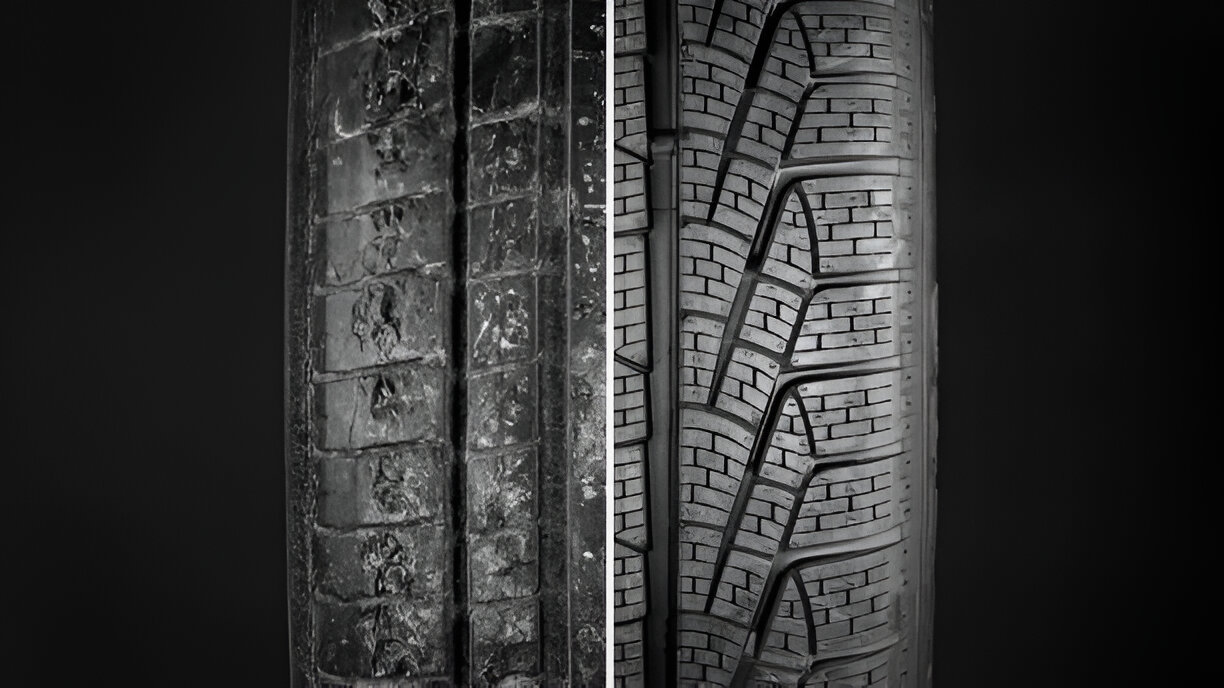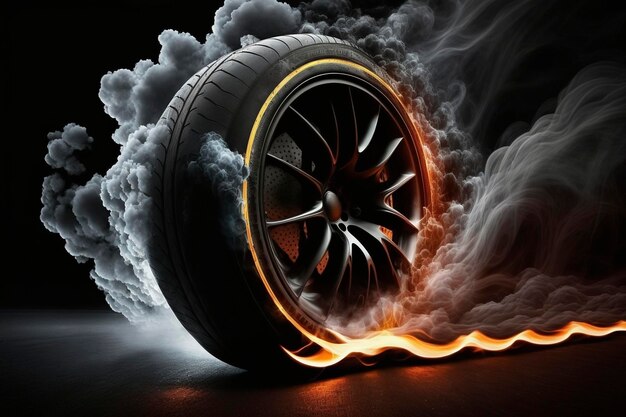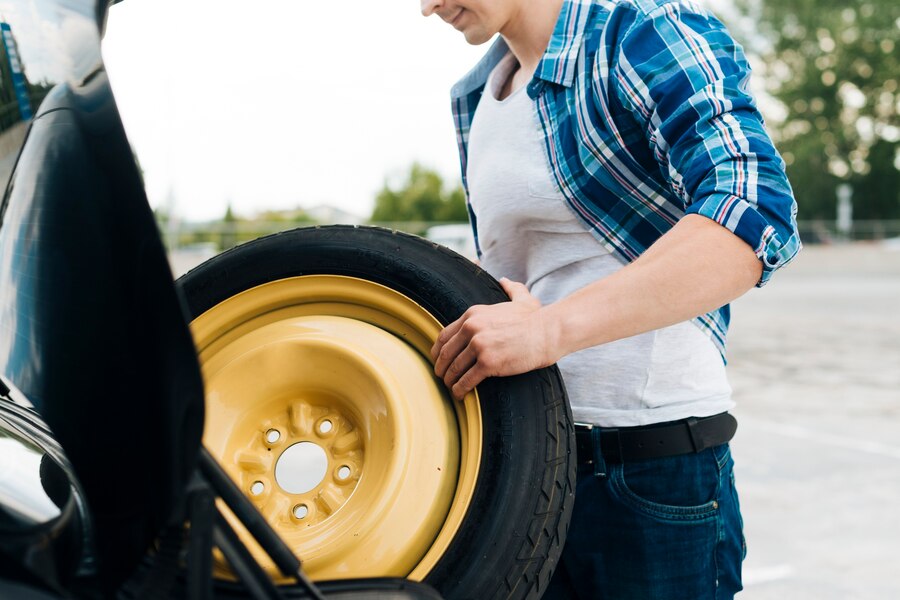Last Updated on July 7, 2024
Learn how to prevent and handle tire blowouts to stay safe on the road.
Tire blowouts are every driver’s nightmare. That sudden, explosive loss of tire pressure can be terrifying and dangerous, but understanding what causes tire blowouts and how to prevent them is crucial for staying safe on the road. In this comprehensive guide, we’ll delve into the causes, prevention strategies, and quick solutions to help you confidently navigate this potential road hazard.
What is a Tire Blowout?
A tire blowout is a rapid loss of air pressure in a tire, often accompanied by a loud bang. It happens when the tire’s structural integrity is compromised, leading to a sudden burst. This can occur in any tire—passenger car tires, truck tires, or bicycle tires. A blowout can result in loss of control of the vehicle, leading to accidents, injuries, or worse.
What Causes a Tire Blowout?
Tire blowouts are usually the result of underinflation, which creates extra friction. More friction brings excessive heat to your tire; over time, that heat weakens the internal tire structure. When your tire suddenly blows, it’s often when you’re traveling at high speeds with a heavy load, putting even more heat on the weakened tire.
What increases my chance of a blowout?
- Driving with underinflated tires
- Overloading your vehicle with too much weight
- Road hazards (hitting something sharp or heavy on the road)
Tire blowouts were far more common in the past. These days, we have stronger tire compounds and advanced tire engineering, so when a tire does blow, we’re somewhat out of practice.
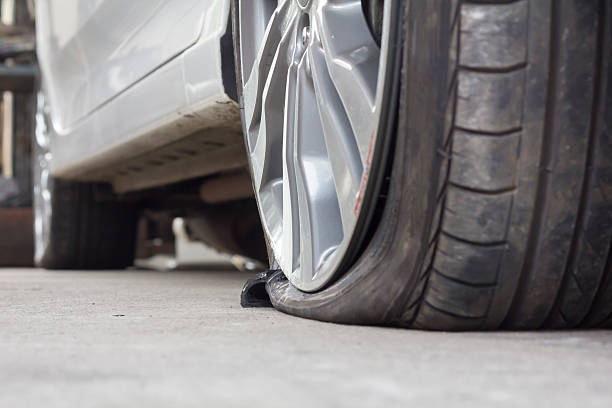
Understanding the root causes of tire blowouts is the first step in preventing them. Here are some common factors that can lead to this frightening event:
1. Underinflation
- Driving on underinflated tires generates excess heat, weakening the tire’s structure and making it more susceptible to blowouts.
2. Overloading
- Exceeding the maximum load capacity of your tires can cause them to overheat and fail.
3. Potholes and Road Debris
- Striking potholes or sharp objects on the road can cause damage that weakens the tire’s integrity.
4. Aging Tires
- As tires age, the rubber can become brittle and less flexible, increasing the risk of blowouts.
5. Manufacturing Defects
- Rare but possible, defects in tire manufacturing can lead to sudden blowouts.
What to Do When You Get a Tire Blowout?
The worst thing you can do in a blowout is to panic. Don’t take your foot off the gas, don’t turn your car toward the side of the road, and never slam on your brakes. That might be exactly what your reflexes tell you to do, but it’s also the best way to lose control of your car.
A tire blowout can be a heart-pounding experience, but knowing how to react can make all the difference. Follow these steps:
1. Stay Calm
- Keep a steady grip on the steering wheel and avoid sudden movements.
2. Gently Decelerate
- Gradually ease off the accelerator pedal, but do not slam on the brakes.
3. Steer Straight
- Try to keep the vehicle moving straight, avoiding sharp turns.
4. Activate Hazard Lights
- Let other drivers know you’re experiencing a problem.
5. Pull Over Safely
- Once you have control, safely pull over to the side of the road.
6. Change the Tire
- If you have the necessary tools and skills, replace the damaged tire with a spare.
7. Call for Assistance
- Call roadside assistance if you cannot change the tire yourself or the reserve is unavailable.
What is the Difference Between a Flat Tire and a Blowout?
A common misconception is that a flat tire and a blowout are the same, but they differ significantly:
- Flat Tire: A slow loss of air pressure over time allows you to notice and address the issue before it becomes critical.
- Blowout: Sudden and explosive loss of air pressure, often with little to no warning, which can be more challenging to control.
Understanding this difference is essential because your response varies based on the type of tire issue you encounter.
How should I drive through a tire blowout?
- Press down on the gas pedal and continue to drive straight.
- Keep your steering wheel straight – no sudden turns!
- After a few seconds, when your forward direction is stabilized, slowly lift your foot from the gas pedal, but still do not touch your brakes.
- As your car slows down, steer slowly, gently, toward the side of the road.
- Coast to a stop. If you have to hit your brakes, do so very carefully.
Please remember to check your tire pressure once each month.
Conclusion
Understanding tire blowouts is crucial for your safety on the road. Knowing the causes, prevention methods, and quick solutions can help you avoid dangerous situations. Remember, Tires Easy is your trusted partner for all your tire needs. Explore our wide selection of high-quality tires and drive with confidence.
Ready to upgrade your tires and stay safe?
Visit Tires Easy (https://www.tires-easy.com/) now and browse our range of top-notch tires. Your safety is our priority, and we’ve got the perfect tires for your vehicle.
Don’t wait; drive with peace of mind today!
FAQs
What is a Tire Blowout?
A tire blowout is a sudden loss of air pressure in a tire, often with a loud noise.
What Causes a Tire Blowout?
Common causes include underinflation, overloading, road debris, aging tires, and rare manufacturing defects.
What to do when you get a tire blowout?
Stay calm, gently decelerate, steer straight, activate hazard lights, pull over safely, change the tire if possible, or call for assistance.
What is the Difference Between a Flat Tire and a Blowout?
A flat tire involves a gradual loss of air pressure, while a blowout is a sudden, explosive loss with little warning.






